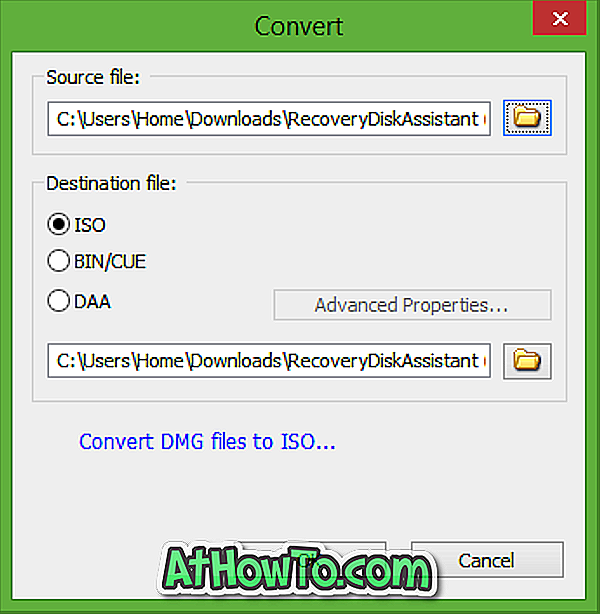

If you run a command without an extension Windows will append the extensions in the %pathext% environment variable and search until it find the first file with that name. Note that *.exe is just the "container" that contains various executable formats Windows inherited those so it also supports *.com and *.exe. In DOS there were 2 executable file extensions: *.COM and *.EXE.

Outside of the GUI, in the actual file structure, Mac and Windows systems are really quite similar these differences are mostly a question of how the system presents things to the user for manipulation in the GUI.Įvery executable file in Windows has extension of. app bundle will execute the internal executable and load your application.

On OS X, all those other files, along with the primary executable, are contained in a "bundle" (really a folder) with the extension.
#Fichier dmg sur windows .exe
exe executable file, which resides in a folder that contains other files and information that the program uses. The big difference in what a user sees if using the GUI is that on Windows, you usually see the. When you double-click on one, the system mounts it and you then have access to the files inside.īoth Windows and OS X execute binary executable files, although they are in different formats. They are files that act as discs, which often contain the executables and other files for applications. Extensions don't actually change what type of file something is, although they often do hint to the system what do do with a particular item.ĭMGs are not executables, they are disc images.


 0 kommentar(er)
0 kommentar(er)
